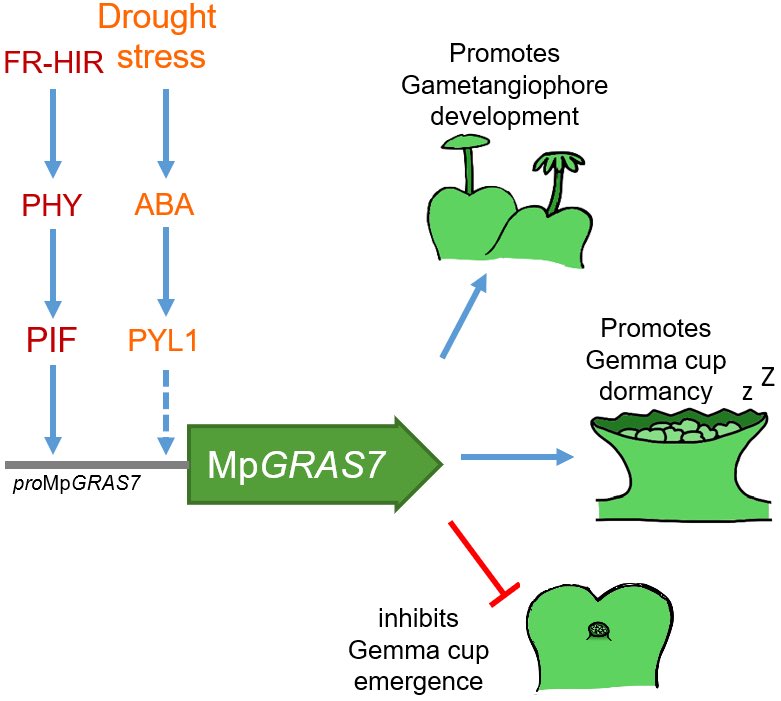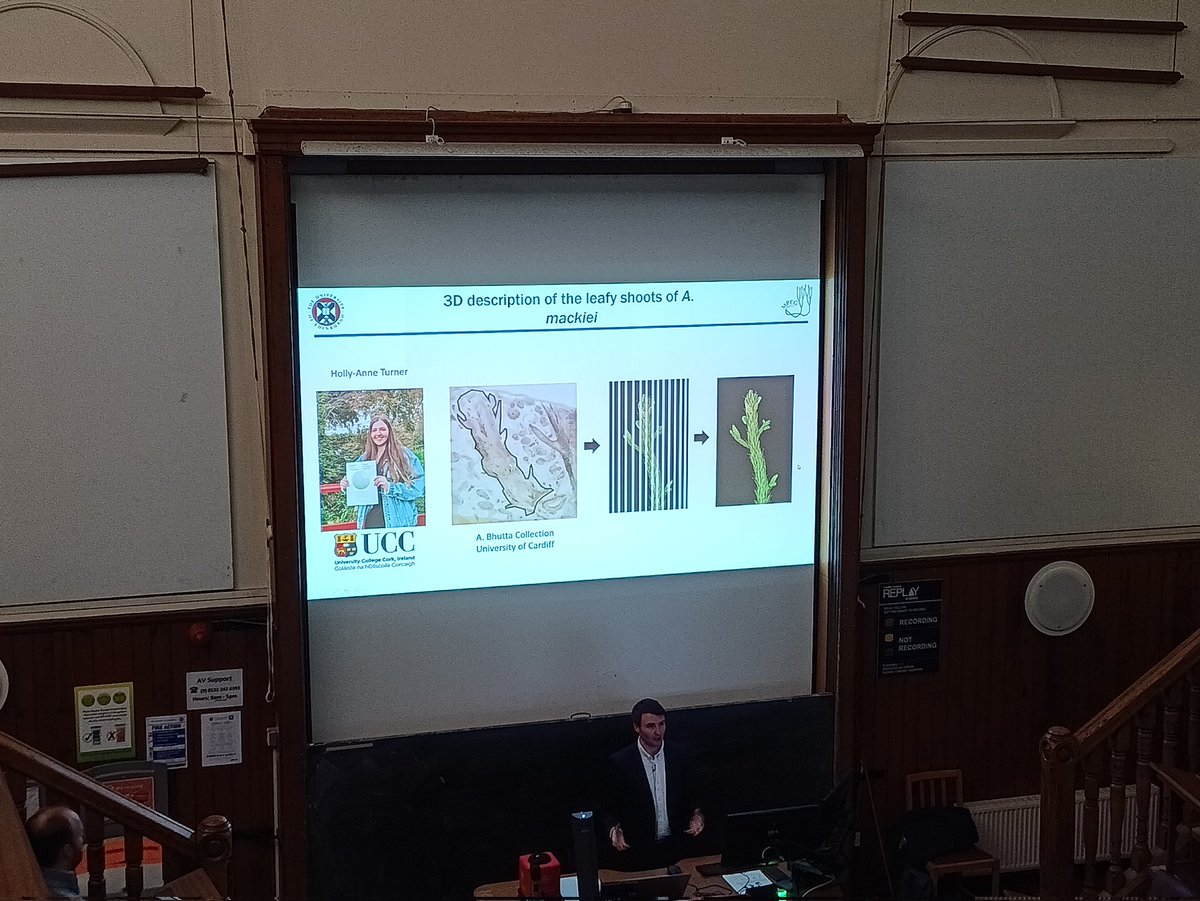
The Molecular Palaeobotany and Evolution Group
@mpeg_edinburgh
Research group of @Sandy_Heth at the @InstMolPlantSci @SBSatED @EdinburghUni
ID: 1323574953640370178
https://www.ed.ac.uk/biology/groups/hetherington 03-11-2020 10:38:23
515 Tweet
973 Followers
826 Following

Did you ever wonder why vascular plant shoots don’t terminate in sporangia like bryophytes do? I’m excited to be able to offer a 4-year funded PhD University of Bristol Biological Sciences to find out! Project info on findaphd.com & please get in touch if you’d like to know more.



Very excited to be presenting a public lecture for The Linnean Society of London here in Edinburgh The University of Edinburgh Biological Sciences | University of Edinburgh on Thursday, 28 November 6-8 pm I will be talking about the evolution of botanical spirals Free to attend and all welcome! eventbrite.co.uk/e/the-origin-a…

I am very excited to be sharing our new Sebastian Schornack lab pre-print on a Marchantia gene MpGRAS7, with contributions from Philip Carella and Weibing Yang biorxiv.org/content/10.110…









We are recruiting! Join the Plant Shape Lab as a postdoc investigating maize leaf development on our European Research Council (ERC) starter grant DynaLines. More information here: elxw.fa.em3.oraclecloud.com/hcmUI/Candidat… 🌽 #PlantSciJobs MaizeGDB Institute of Molecular Plant Sciences

Great talk by Sandy Hetherington on the evolution of botanical spirals Biological Sciences | University of Edinburgh


I had a great time discussing all things plant evolution on the Tree Lady Talks podcast 🌿 You can listen here: buzzsprout.com/1230629/episod… Or watch on YouTube: youtube.com/watch?v=1uQMH5… #FossilFriday Biological Sciences | University of Edinburgh Institute of Molecular Plant Sciences The Molecular Palaeobotany and Evolution Group

Rafael Rafael Cruz 🪴🔬🧬🇧🇷 #FernAlly and I are excited to share our new paper about fern fiddlehead evolution Current Biology Read the paper at sciencedirect.com/science/articl… Want to find out more watch our video below 👇👇 The Molecular Palaeobotany and Evolution Group Julianne Kiely - Commissions Open Biological Sciences | University of Edinburgh The University of Edinburgh

We had a fantastic day celebrating all that makes up Institute of Molecular Plant Sciences today. Thank you to all the speakers and everyone who made it such a great event.


Interested in Botanical spirals but couldn’t attend my lecture The Linnean Society of London Biological Sciences | University of Edinburgh Institute of Molecular Plant Sciences Don’t worry you can now watch it on YouTube! 👇👇👇 The talk includes an overview of our recent paper on fern fiddleheads Current Biology youtu.be/WLHDnjwcPlc?si…









